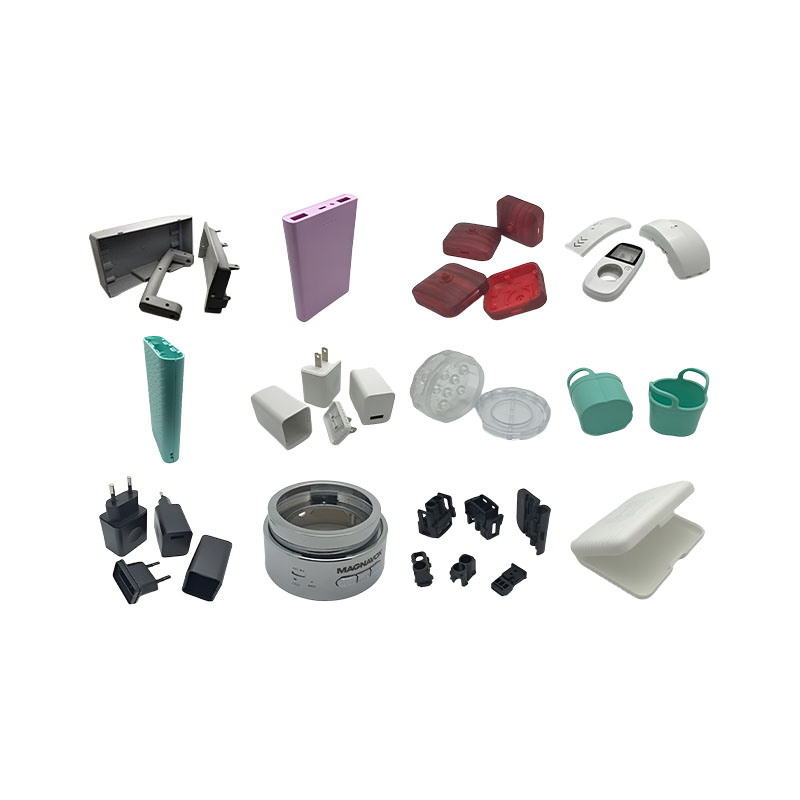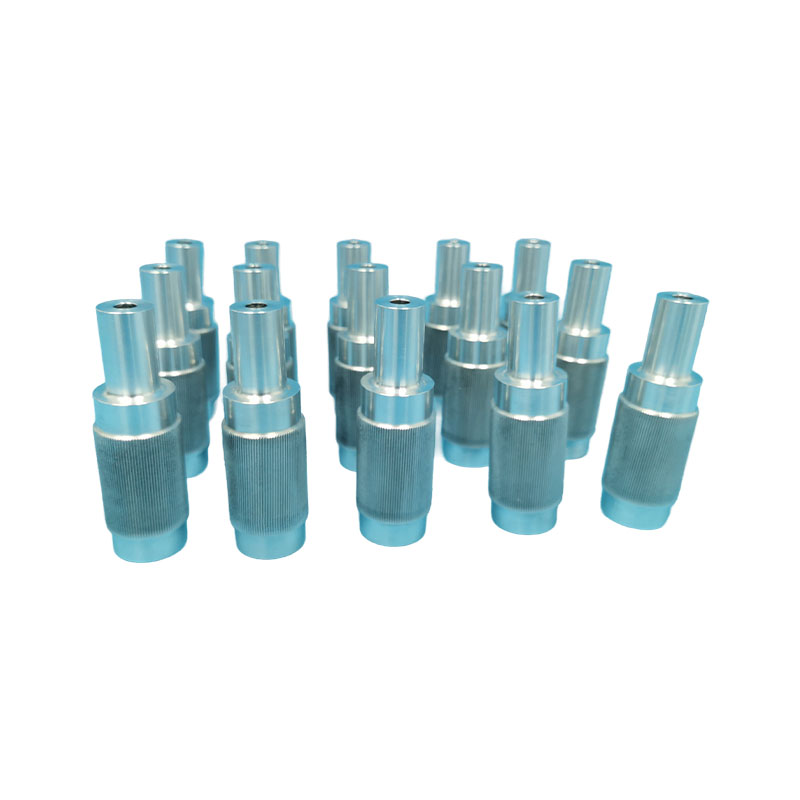Are the shavings generated during aluminum CNC turning recycled or simply discarded?
Release Time : 2025-10-02
Under the high-speed rotation of a CNC lathe's cutting tool, an aluminum alloy workpiece is precisely machined, gradually transforming into a precision part. Along with this process comes metal shavings, resembling curled ribbons or fine particles. These shavings seem like a byproduct of the machining process, even "industrial waste" that needs to be cleaned up. However, in modern manufacturing systems, these shavings are never truly treated as waste. From collection bins in the workshop to professional recycling plants, aluminum CNC turning shavings undergo a silent yet efficient recycling journey, ultimately being reborn as raw material for a new manufacturing cycle.
Aluminum alloy itself is a highly recyclable material. Its smelting process consumes a large amount of energy, while recycling requires only a fraction of that energy. This significant energy saving makes recycling not only an environmentally friendly choice but also an economically sound one. Therefore, reputable machining companies view these shavings as a renewable resource from the outset, rather than waste to be disposed of. Dedicated collection systems are installed in the workshop, and lathes are equipped with automatic chip removal systems to transport the shavings to designated containers. Operators sort and organize the shavings after each shift or process, ensuring purity and maximizing their recycling value.
The first step in recycling is sorting and cleaning. Different grades of aluminum alloys have slightly different compositions; mixing them can affect the performance of the recycled material. Therefore, factories typically store the shavings separately by material type, such as 6061, 7075, etc. Additionally, the shavings often have cutting fluid, oil, or coolant adhering to their surface. These organic substances can produce smoke or impurities during the subsequent smelting process. Therefore, pretreatment such as degreasing and drying is necessary before recycling. Some companies use centrifugal drying or special cleaning equipment to remove contaminants and improve the quality of the recycled aluminum.
Then, these processed shavings are sent to professional metal recycling plants. There, they are placed into high-temperature furnaces and melted under strictly controlled conditions. During the melting process, impurities float to the surface as slag, which is removed manually or mechanically. The purified molten aluminum undergoes composition adjustment and is cast into standard-sized ingots or billets, re-entering the material supply chain. These recycled aluminum ingots can be used again for casting, extrusion or forging, or even reused in high-precision aluminum CNC turning processing after refining, forming a closed loop.
Throughout the entire recycling process, not only is the material itself fully utilized, but the cutting fluid used during processing is also often filtered and purified for reuse, further reducing resource consumption. Some advanced companies even use intelligent management systems to monitor scrap production and recycling progress in real time, ensuring that not a single gram of metal is wasted.
Ultimately, the processing of aluminum CNC turning chips reflects the modern manufacturing industry's respect for resources and its practice of sustainable development. It does not pursue one-time consumption, but rather establishes a virtuous cycle of "manufacturing-recycling-reprocessing-remaking." When a new part emerges from the lathe, its material may have already undergone several transformations, carrying the traces of previous products. This cycle is not merely a repetition, but a profound expression of resource efficiency and environmental responsibility. Behind the metallic sheen of the workshop lies an invisible green thread, quietly flowing through the fabric of industrial civilization.







